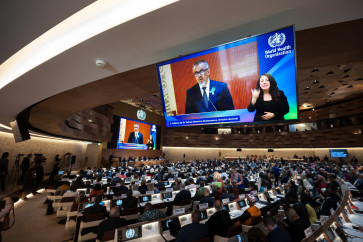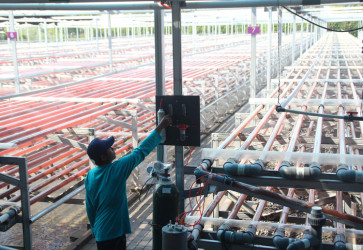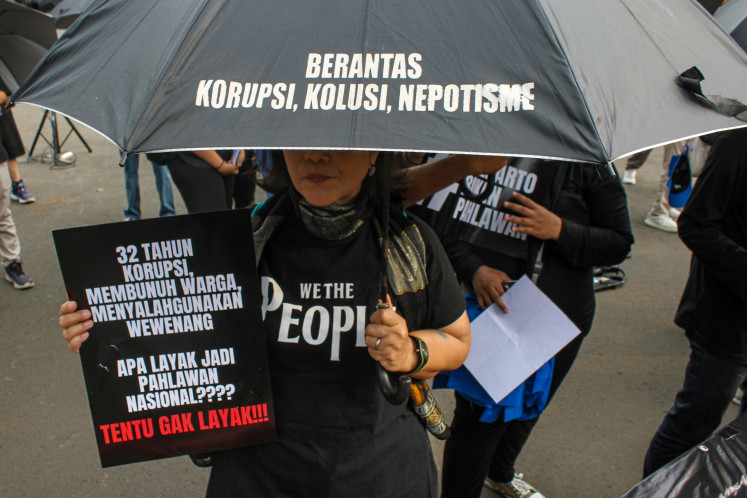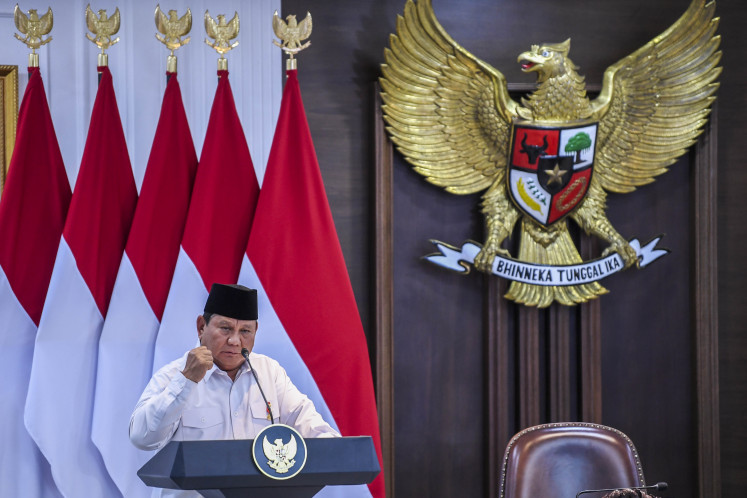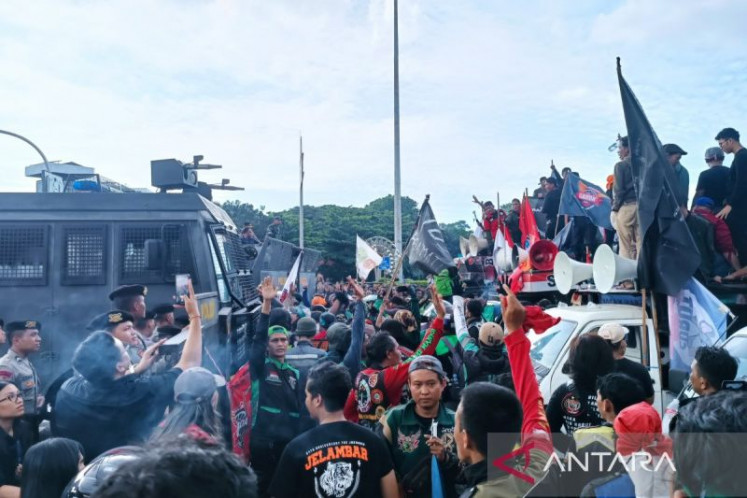Suburban sprawl 'exacerbating' Greater Jakarta's urban woes
Alam Sutera housing estate in South Tangerang offers many things Jakarta lacks: Light traffic, green spaces, pedestrian facilities, security systems
Change text size
Gift Premium Articles
to Anyone

A
lam Sutera housing estate in South Tangerang offers many things Jakarta lacks: Light traffic, green spaces, pedestrian facilities, security systems. It is hardly surprising, then, that many of Jakarta's wealthier workers choose to live in the suburb, and others like it, and commute into town.
Many similar housing complexes, including Bumi Serpong Damai (BSD), Gading Serpong and Lippo Karawaci, have sprung up in the area over the past decade. Their shopping malls, schools, private universities and international hospitals have turned the residential areas into new cities that attract not only the middle classes, but also smaller developers and businessmen alike, creating urban sprawl in the suburbs of Jakarta.
According to research conducted by urban planning experts from Tarumanagara University in Jakarta, the rapid development of new towns and the resulting sprawl has exacerbated problems in the agglomeration, the population of which surpassed 28 million in 2010.
'There has been a shift in purpose: New towns were expected to help reduce the capital's problems. In fact, they are now creating similar problems because of the absence of proper urban policies, such as reliable public transportation connecting new towns with the city center,' Tarumanagara University urban planning expert Suryono Herlambang told The Jakarta Post at his office recently.
Large-scale land acquisition has become a key plank in private developers' business strategies over the past 25 years. However, 1997's global economic crisis prevented them developing the areas. The outlook began to clear in 2012 with the development of infrastructure connecting the capital and its suburbs, such as toll roads.
'Most of the new towns rely on existing toll roads, which leads to an increasingly heavy burden on toll roads that connect the new towns with Jakarta,' Herlambang said.
As well as perennial traffic jams, the increasing demand for middle-class housing has also contributed to surging land prices in the new towns, making it difficult for residents with low incomes to purchase property, even in the suburbs.
'Land and houses in new towns have become even more unaffordable. Meanwhile, smaller private developers benefit from the new towns' public facilities and build smaller housing clusters surrounding the new towns,' he said, stressing that local administrations should lose no time in formulating plans to anticipate worsening urban issues such as traffic jams and insufficient water resources.
Regulations regarding spatial planning in new towns is another challenge for the central government, as regional autonomy gives regulatory authority to directly elected mayors and regents, who often have unpredictable political affiliations.
'For example, would a mayor from one party work to support a regent from a different party?' Herlambang asked, adding that the city administration, despite its staggering annual budget, could not undermine the role of local administrations in the Greater Jakarta area.
While government authority is therefore weak and incoherent, the academic pointed out that private developers were growing ever more powerful, especially in terms of financial and technical capacities.
He called for a suburban revolution, as he put it, as social and political activities find new centers in the country's cities and regencies.
'The trend is for greater recognition for regional leaders and, with regional autonomy, there will be a battle for access to suburban areas. This makes regional elections and local politics increasingly important events.'

